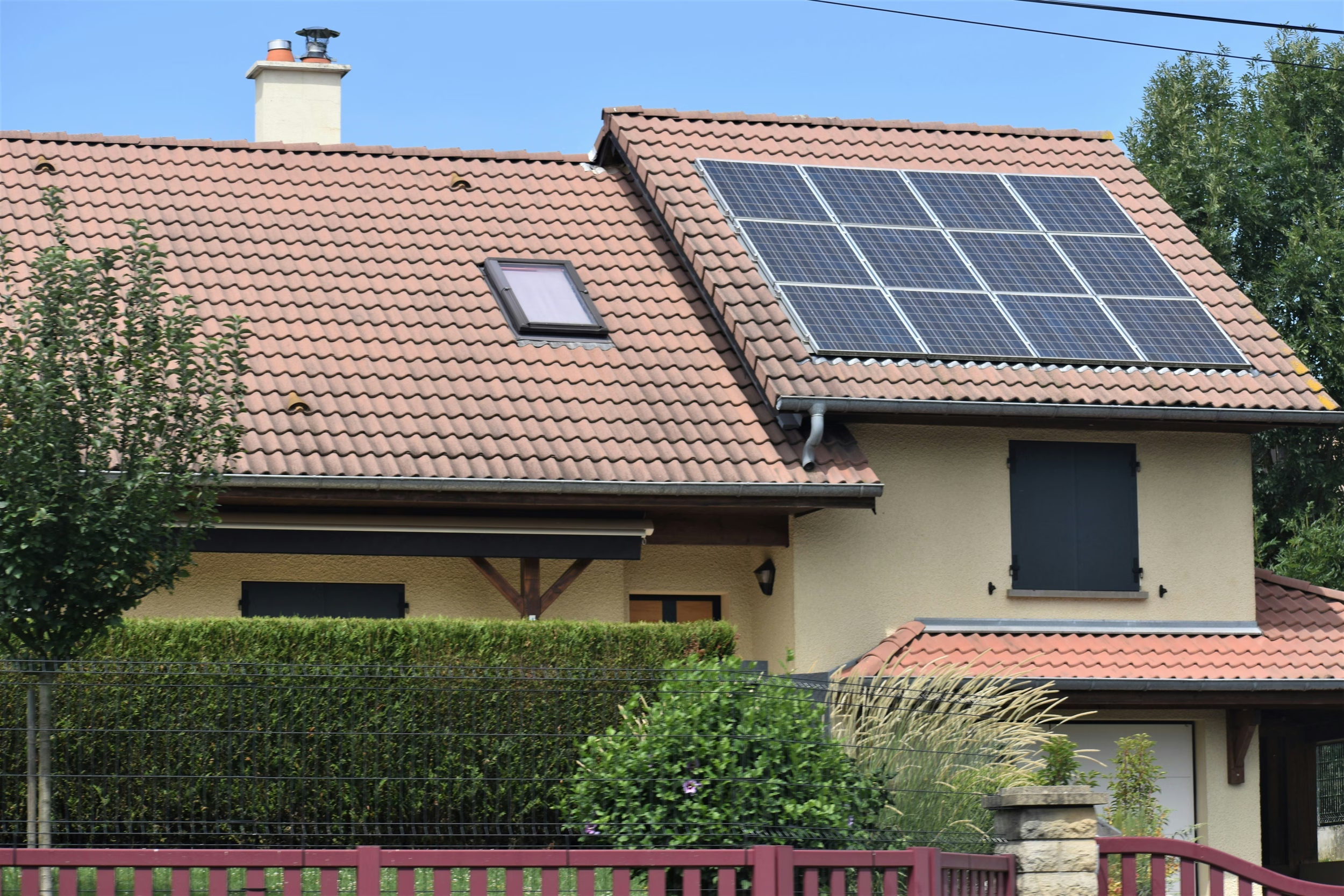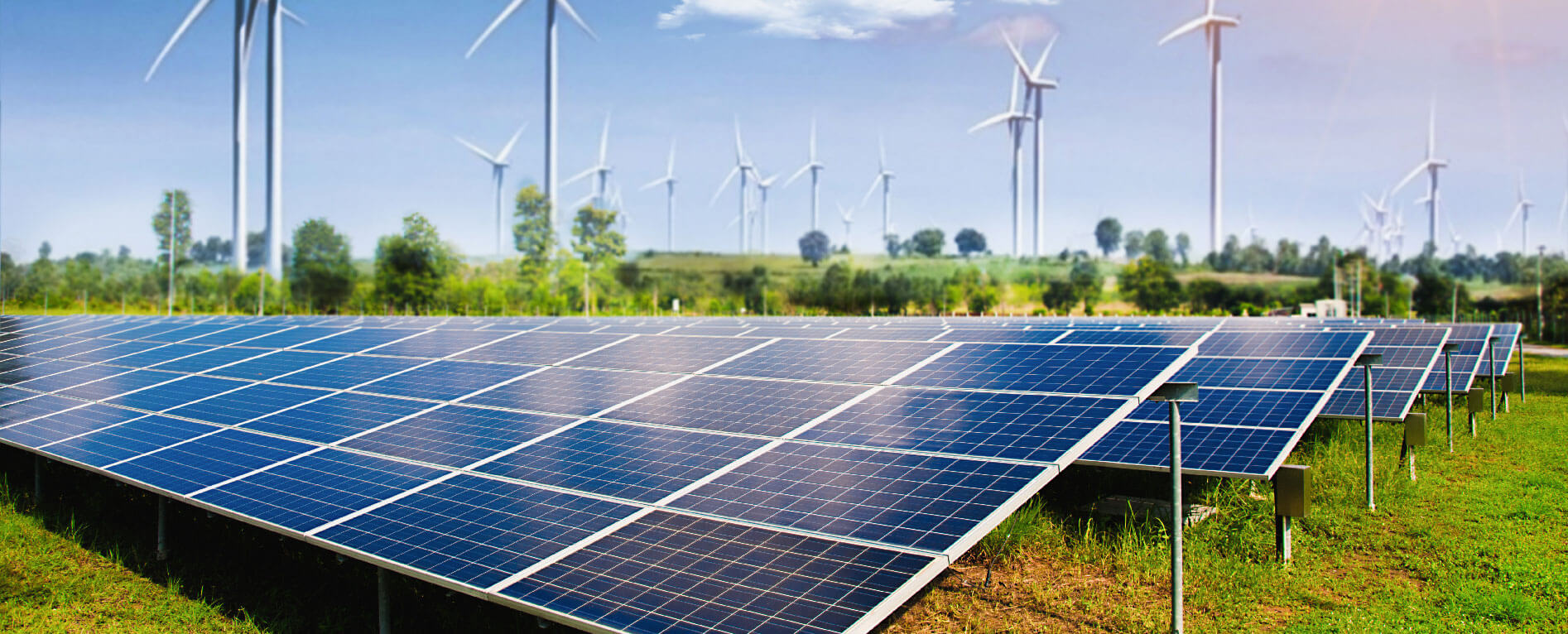
What is Happening with Energy Consumption in Utah
Understanding Energy Consumption in Utah and the Benefits of Solar Power
Utah is a state with amazing landscapes and plenty of outdoor adventures, but it’s also growing quickly and using more energy. Understanding how much energy people in Utah use and where it comes from is important. This article looks at energy use in Utah, the costs of traditional energy, and how solar power can be a better, more sustainable option for residents.
Energy Consumption in Utah
Energy consumption in Utah is influenced by several factors, including population growth, economic development, and climate variations. According to the U.S. Energy Information Administration (EIA), Utah residents consumed approximately 10,340 kilowatt-hours (kWh) per person in 2020, which is slightly below the national average of 12,100 kWh. This energy consumption tends to peak during the summer months due to increased air conditioning use and during the winter months for heating.
The energy landscape in Utah consists mainly of natural gas, coal, and renewable resources. While the state has made strides in renewable energy generation—ranking high in solar and wind power production—about 73% of Utah’s electricity still comes from non-renewable sources like natural gas and coal, raising concerns regarding sustainability and environmental impact.
Recent Rate Changes by Rocky Mountain Power
Rocky Mountain Power, the main utility company in Utah, is a big part of the state’s energy system. Recently, the company changed its plan to raise rates. Instead of a 30.5% increase, they now propose an 18.1% increase. This change happened because they want to improve their infrastructure but also understand that people are dealing with financial challenges. The new rates are expected to start in 2024, with a total increase of about 8% over the next two years.
This revised proposal comes as fuel prices and inflation have led to increased costs for utility companies across the country. According to Rocky Mountain Power, higher fuel prices have been a significant contributor to their original request for a larger increase, as detailed in an earlier article by Utah News Dispatch.
As of 2023, the average residential electricity rate in Utah is about $0.10 per kWh, which remains lower than the national average of about $0.14 per kWh. However, even with lower rates, the financial burden can still accumulate. For instance, a household that consumes 1,000 kWh per month would pay about $100 for electricity, amounting to $1,200 annually. As energy demands increase, utility rates are likely to rise, further impacting household budgets. This context emphasizes the importance of exploring alternative energy sources, such as solar power.
The Cost of Traditional Energy in Utah
Traditional energy sources might seem affordable now, but they probably won’t stay that way. As companies like Rocky Mountain Power raise their rates, people could end up paying more. Plus, using fossil fuels like coal and natural gas can cause problems for the environment and energy security. With concerns about climate change and how energy production affects the planet, Utah residents may want to look into renewable energy options.
Right now, a lot of Utah’s energy comes from natural gas and coal. Natural gas prices can change a lot, which affects how much people pay for energy. Solar power, on the other hand, is a great alternative that can save money and stay consistent in the long run.
The Benefits of Solar Power
Solar power provides a compelling alternative to traditional energy sources in Utah. Here are several benefits to consider:
- Cost Savings: One of the most attractive aspects of solar energy is its potential for significant cost savings. By investing in solar panels, homeowners can reduce their reliance on the grid and lower their monthly electricity bills. According to the Solar Energy Industries Association (SEIA), the average cost of solar panel installation in Utah is around $2.80 per watt, translating to roughly $16,000 for a typical 6 kW system before tax credits and incentives.
- Tax Incentives: Utah offers various incentives for residents who invest in solar energy. The federal solar investment tax credit (ITC) allows homeowners to deduct 30% of the cost of their solar system from their federal taxes. Additionally, Utah has a state tax credit of up to $1,600 for solar energy systems, which can substantially lower the initial investment (Utah Solar Energy Association).
- Energy Independence: Harnessing solar energy allows Utah residents to achieve greater energy independence. This independence protects households from rising energy prices and potential outages. With a solar system, homeowners can generate their own electricity and even store excess energy for later use, especially during peak consumption periods.
- Environmental Impact: Solar power is a clean, renewable energy source that significantly reduces greenhouse gas emissions. Transitioning to solar energy allows Utah residents to play a significant role in combating climate change. The EIA reports that solar energy production has been growing exponentially, and Utah’s sunny climate makes it an ideal location for solar energy generation.
- Increased Home Value: Installing solar panels can increase a home’s value. Studies show that homes with solar energy systems sell for more than comparable homes without them. A report by Zillow found that homes with solar energy systems sell for approximately 4.1% more.
Solar Power in Utah: Current Trends
More and more people in Utah are using solar energy, thanks to growing awareness and lower costs. The Utah Solar Energy Association says there are over 30,000 solar installations in the state, with a total capacity of more than 300 MW. This number is expected to keep rising as more people see the money-saving and environmental benefits of solar power.
Many Utah residents are also getting involved in community solar programs. These programs let people invest in solar energy without having to put panels on their own property. This is a great option for those who don’t have the right roof for solar panels or who rent their homes.
As Utah grows, the need for affordable and eco-friendly energy options becomes more important. While traditional energy sources will still be part of the state’s energy mix, solar power offers a good alternative that helps people save money, become more energy independent, and reduce their impact on the environment.
With many incentives and a helpful community, now is the perfect time for Utah residents to think about investing in solar energy. By choosing solar power, Utah can lead the way to a greener future that benefits both its people and the planet.




